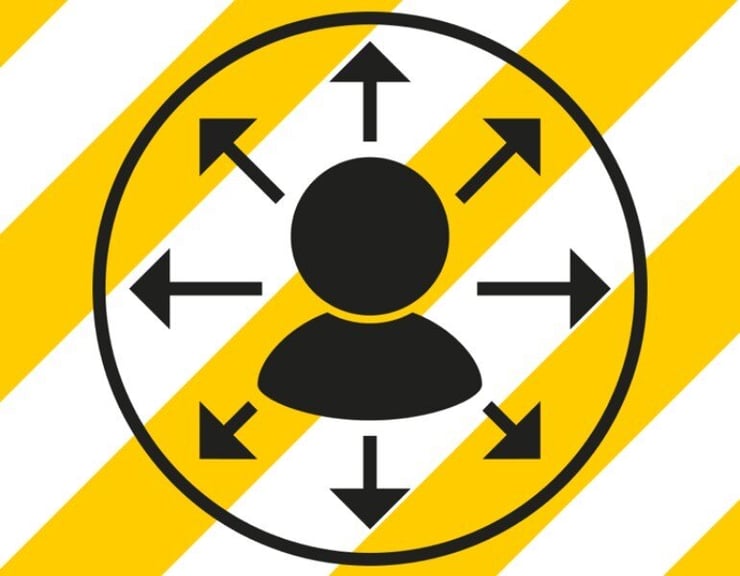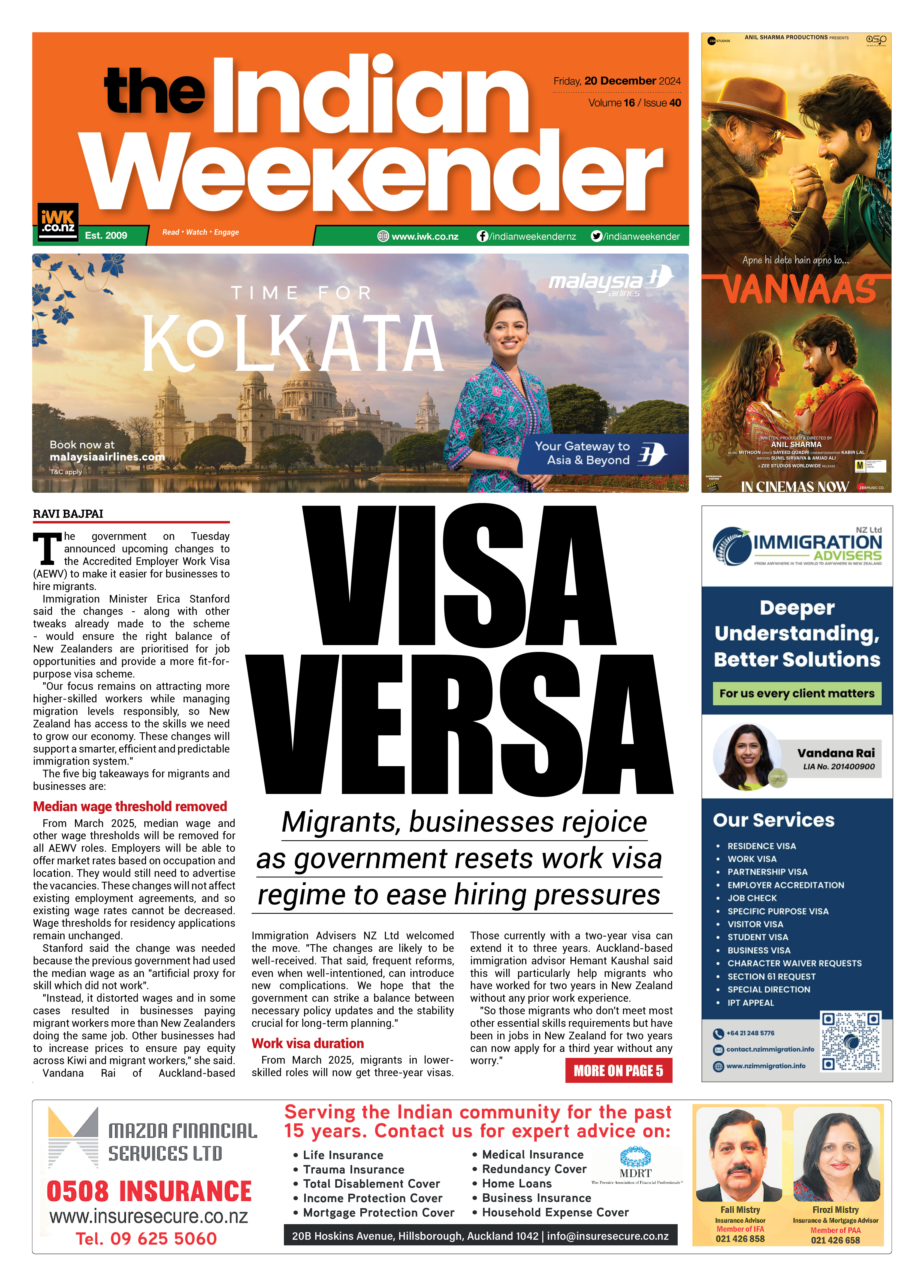Peter Dunne: Why Kiwis are not scanning NZ Covid tracer app QR code?

Why is it that New Zealanders go into a state of near panic every time a case of Covid19 is reported in the community, yet for the rest of the time largely ignore the value of contact tracing by scanning QR codes? As someone who almost religiously looks for and uses such codes, I am constantly stunned how few others seem to do so. Whether in cafes or restaurants, shops, or trains, I am invariably the only one scanning when I enter. Indeed, others seem to give almost scornful looks when I line my phone up against the QR code in the doorway.
Yet, a few weeks ago, when I complained on Twitter about this and suggested that maybe the app itself was part of the problem I unwittingly unleashed a storm. Nearly 90,000 people viewed my post – and about 1,500 responded to me. Most of that was abusive, with cheap jibes like I needed to get up to speed with how mobile phones work – all of which completely overlooked, or far more worryingly failed to even comprehend the point I was making. And all the while, use of the app has continued to decline, despite pleas from the Minister and the Director-General of Health. Only in the wake of the recent Northland incident has it increased, although it has yet to be seen whether this is just a temporary blip.

Peter Dunne is former Minister of the Crown and the leader of United Future Party
Yet the question has to be asked – why does it take a fresh Covid19 scare for people to remember the need for contact tracing? Have they not comprehended from all the local publicity, let alone the international news they see daily, that effective contact tracing is probably the best way of tracking where the virus has gone, and who has been placed at risk? If things run true to form, the current surge in the use of the app will die down again once the peak of the Northland situation passes. Contact tracing along with maintaining personal hygiene through frequent hand washing have been identified from the outset as simple but effective steps people can take to limit the spread of the virus. So why are we not doing it?
Bluntly, a contact tracing system with such a low uptake as ours is really not all that much better than no system at all. Nor is the temporary surge in use that seems to occur whenever there is a suspected community case all that much use either. After all, contact tracing is about tracing where people have been and whom they have been in contact with over preceding days. While it is good that a potential outbreak might spur people to use the app more, particularly if that use is sustained, it is frankly a bit late when it comes to identifying what has happened, and where the virus may have gone.
It is also good that the Minister of Health and the Director-General continue to push for greater use of the scanning app but the level of uptake so far strongly suggests that their worthy pleas are not enough. Maybe it is time to consider whether there are more viable alternatives.
The Taiwanese case bears consideration. Taiwan has developed a “digital fence”. Rather than mandatorily quarantine people entering the country, or suspected of having the virus, their “digital fence,” relies on home-based quarantine, with location monitoring via cellular signals from a person’s cell phone. Venturing too far from homes triggers an alert system, which sends calls and messages to the person to ascertain their whereabouts. There is an instant fine of $1million New Taiwan Dollars (around NZ$46,000) for quarantine breaches. The system has now been expanded to include such things as digital maps of mask availability at nearby stores.
Although our Prime Minister praised the “digital fence” when it was first launched the government here has no shown inclination to follow the Taiwanese example, for fear that the public would regard phone-based tracking as too obtrusive. That is a fair point which needs to be considered. However, Taiwan would argue that their system is actually less intrusive than mandatory isolation and quarantine and the threat of community lockdowns from time to time.
Given Taiwan’s lower case and death rate than other countries, including New Zealand (even though their population is more than five times ours, and densely concentrated on an island no bigger than Otago) their system has clearly worked. New Zealand’s move late last year to a Bluetooth based system is a partial step in Taiwan’s direction, but it still relies on people scanning the QR codes in the first instance.
Whether a system more akin to Taiwan’s is the answer for New Zealand remains to be seen. But it is clear that we will continue to fail to get the maximum benefit from our contact tracing system if usage rates remain at or around their current levels. As a community we need to dramatically lift our game and take contact tracing seriously. Instead of just talking about the “team of five million” we should start to act like it. It is in all our interests to do so.




